Nurturing a Rainbow of Resistance to Anti-LGBTQ+ Laws
Christensen describes teaching high school students about new anti-LGBTQ+ laws — and the growing resistance to them.

Christensen describes teaching high school students about new anti-LGBTQ+ laws — and the growing resistance to them.
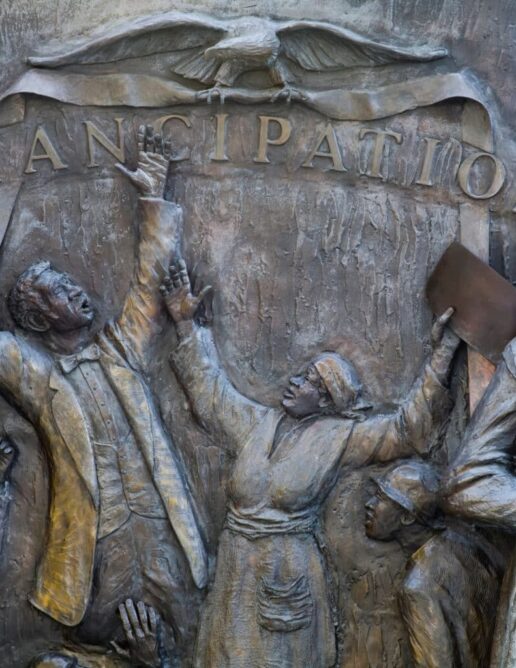
Juneteenth — June 19th — also known as Emancipation Day — is one of the commemorations of Black people seizing their freedom in the United States. Below is a list of resources […]
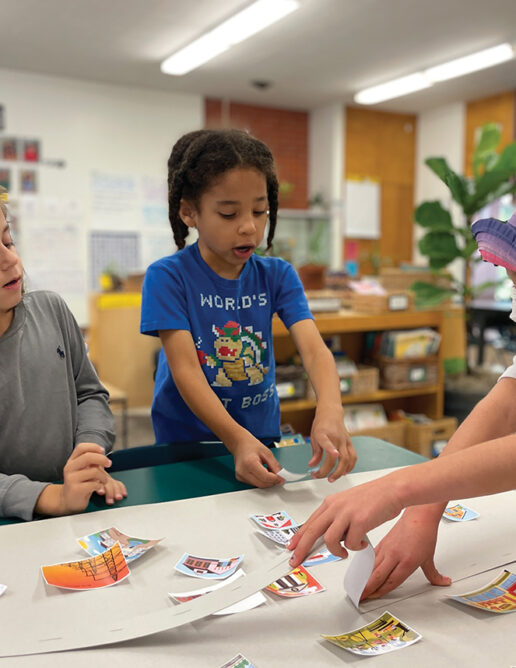
An early elementary teacher details an engineering unit. Students design a model community — with no police or banks — in which everyone gets what they need.

An equity coach argues for the importance of service learning for social justice and describes how elementary teachers she worked with developed a project around hunger.

Christensen has students reimagine literature and their own stories to talk back to and disrupt injustice — and build solidarity.
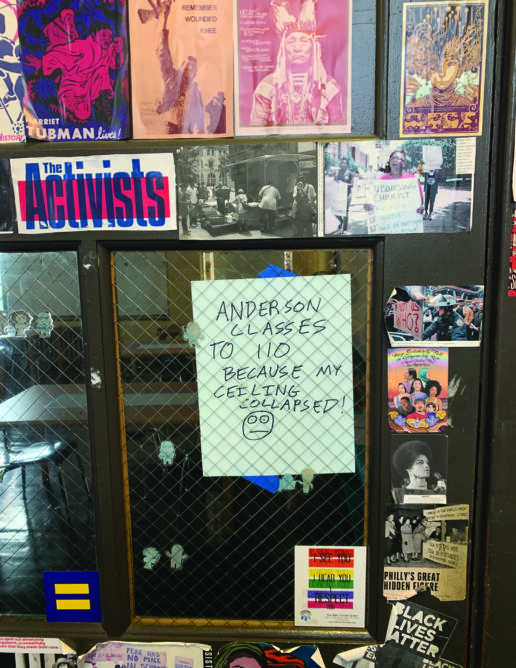
A high school teacher has students problematize the conditions of their school to learn about funding disparities and the disastrous effects of district debt.

A high school social studies teacher describes a lesson that uses improvisations, historical fiction, and found poems to help students appreciate the first era of Black power: Reconstruction.
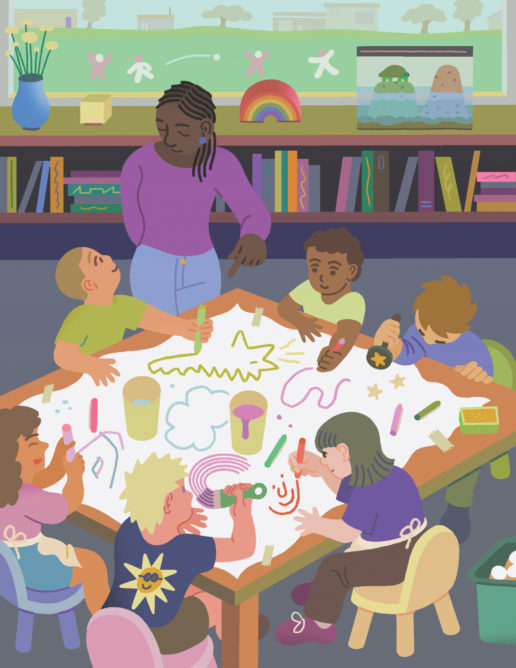
Joy is not an escape from the hard realities of our world, but a dive into them.
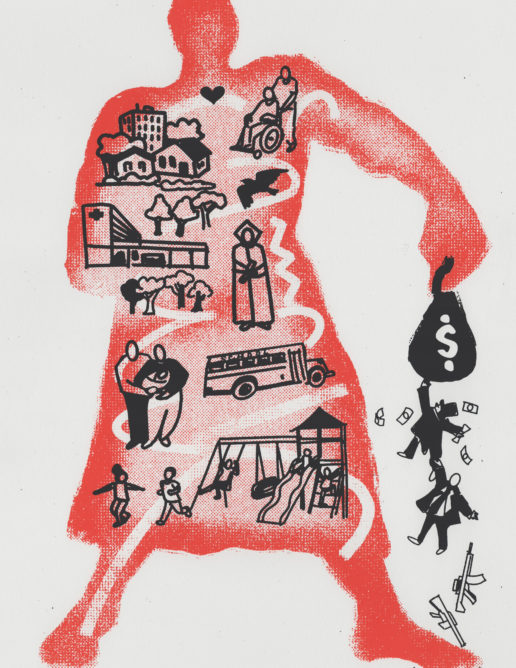
Like you, we are angry and fearful about the Russian invasion of Ukraine, and these are terrifying times for our students. As Ukrainian educator Igor Tsyvgintsev reminds us, “The entire curriculum of school studies comes down to humaneness.”

Wolfe-Rocca critiques textbooks’ focus on McCarthyism and describes how, instead, she centers radical activists who have been victims of ongoing government harassment and repression.
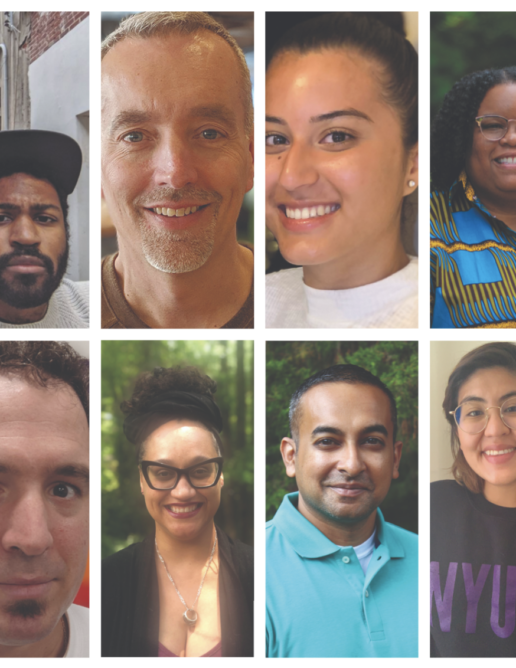
To respond to the right-wing legislation across the country, which attacks racial justice teaching, the Zinn Education Project organized a “Pledge to Teach the Truth” and invited educators to say […]
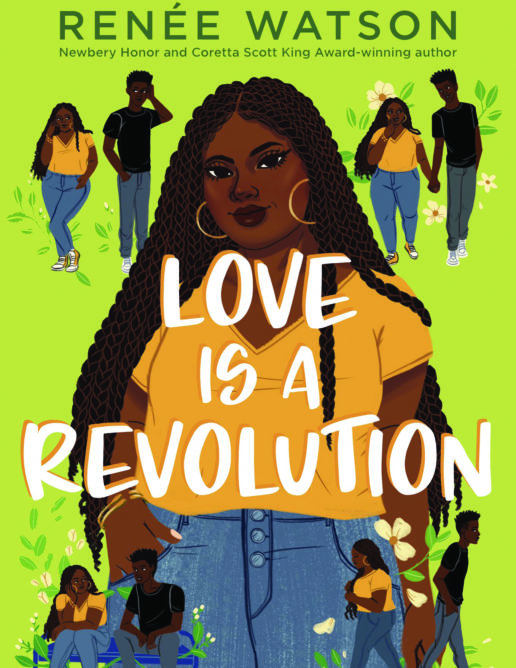
Website One Out of Five: Disability History and Pride ProjectDesigned by the Washington State Governor’s Office of the Education Ombuds in partnership with Rooted in Rights, Adina Rosenberg, and Sarah Arveybit.ly/One_Out_of_Five […]

A middle school teacher organizes a tribunal for her students on responsibility for the COVID-19 crisis in the United States. Among those on trial are Mother Nature, Gen Z/Millennials, the Healthcare Industry, Racism and White Supremacy, the Chinese Government, the U.S. Government, and the Capitalist System.
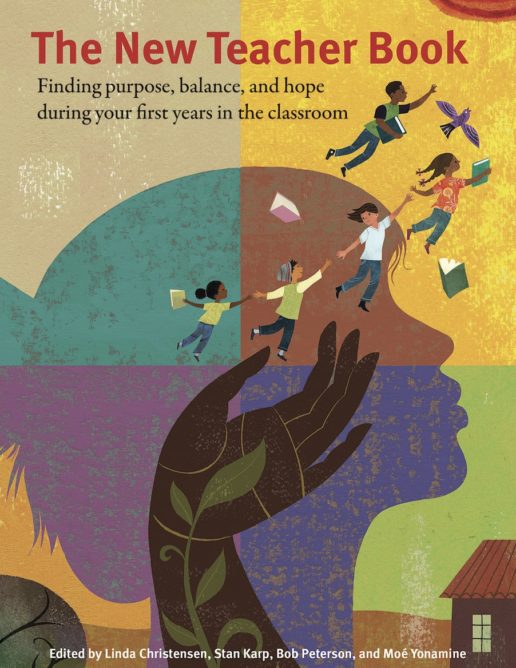
Join The New Teacher Book editors, authors, and early career teacher-scholars who wrote and shaped this book. Sign up for the entire workshop series or sign up for one workshop at a time.
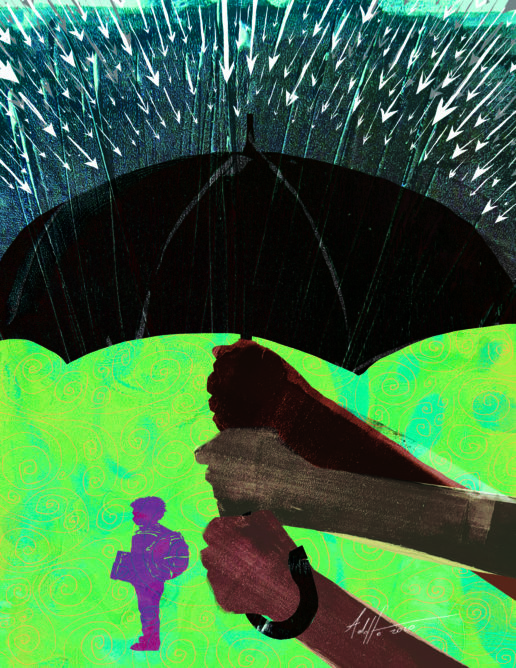
This has been a year like no other. Fear. Illness and death. Trauma for our students, their families, their communities — and for us, as educators. We are becoming new teachers, […]
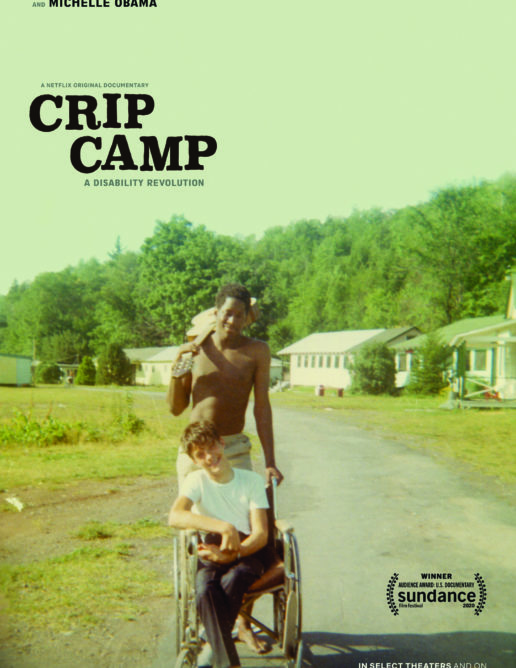
Check out these valuable resources, reviewed by Rethinking Schools editors and Teaching for Change colleagues.
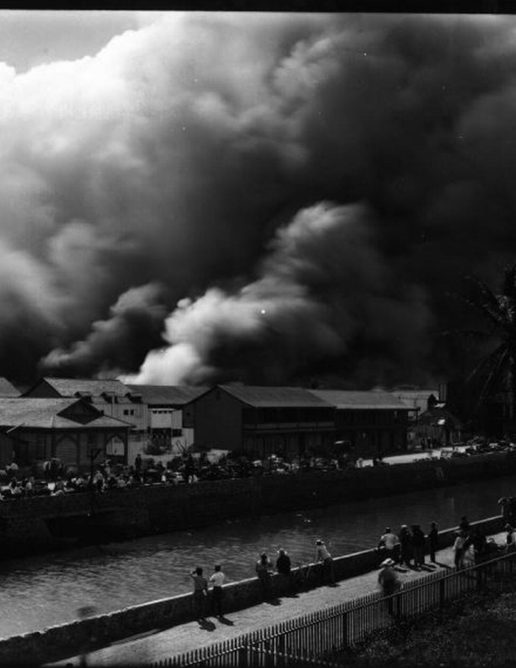
On April 20, 2020, blogger LittleGrayThread made a Facebook post of a note her daughter had written. She reported that in a Zoom class meeting, one of her daughter’s 2nd-grade […]
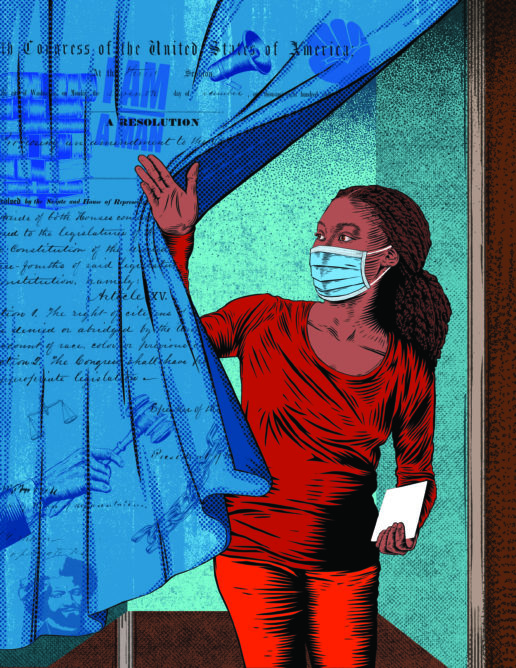
This year marks the 150th anniversary of the ratification of the 15th Amendment, which promised “the right of citizens of the United States to vote shall not be denied or […]

Of Thee I Sing: A Letter to My DaughtersBy Barack Obama Illustrated by Loren Long(Knopf, 2010) On the title page of President Barack Obama’s picture book, Of Thee I Sing: A […]
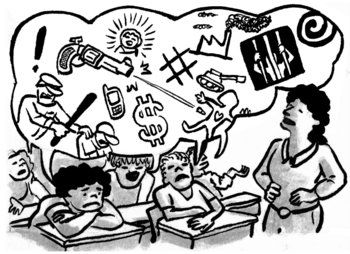
This content is restricted to subscribers
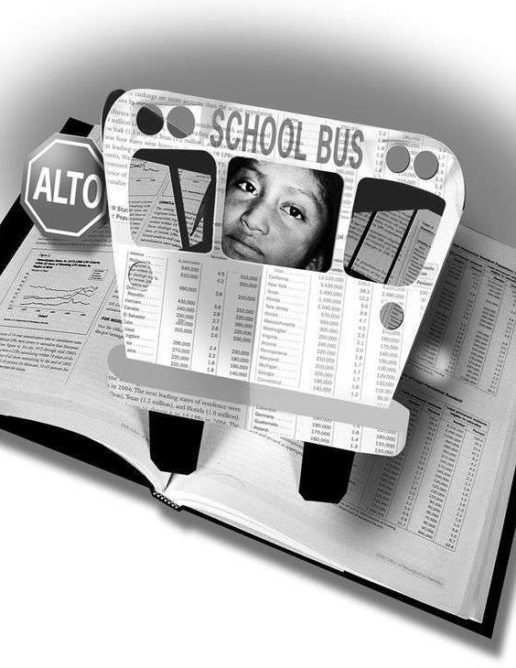
For those of us working with immigrant populations, we have in our students living examples that we can use to bring the immigration issue to the forefront and teach all of our students.
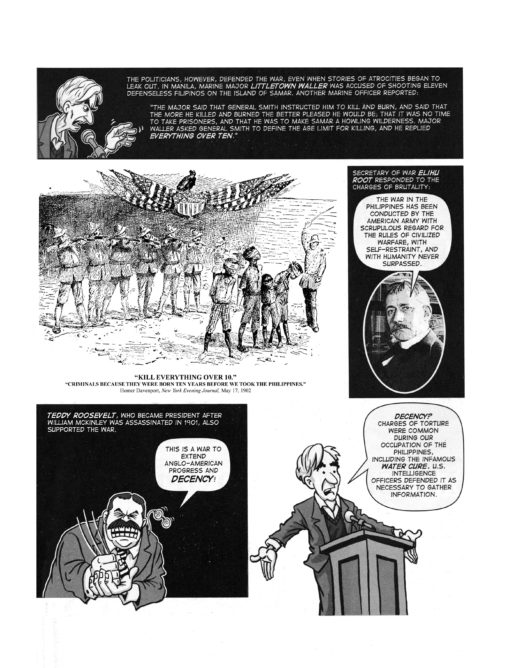
The American Empire has always been a bipartisan project—Democrats and Republicans have taken turns extending it
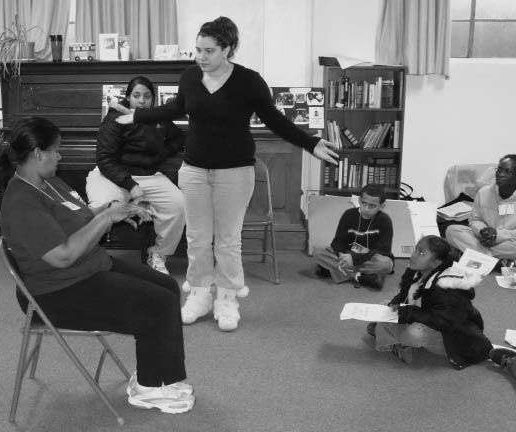
Oregon students and teachers learn life lessons by participating in the ‘Theater of the Oppressed’.
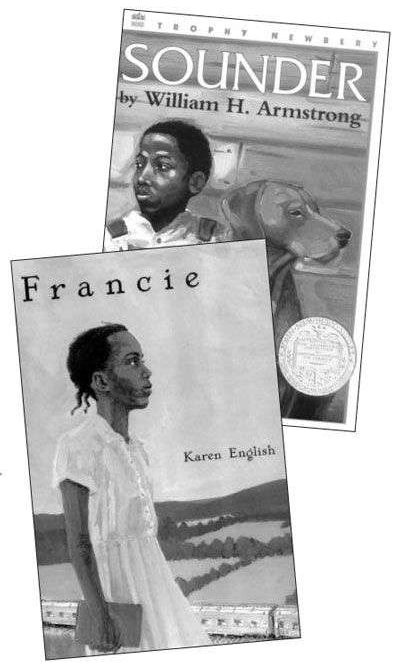
Teacher and students discover that even critically acclaimed literature can disenfranchise as well as empower.

Virginia professors take on the state’s attempt to eliminate Social Foundations of Education” from required course work.”